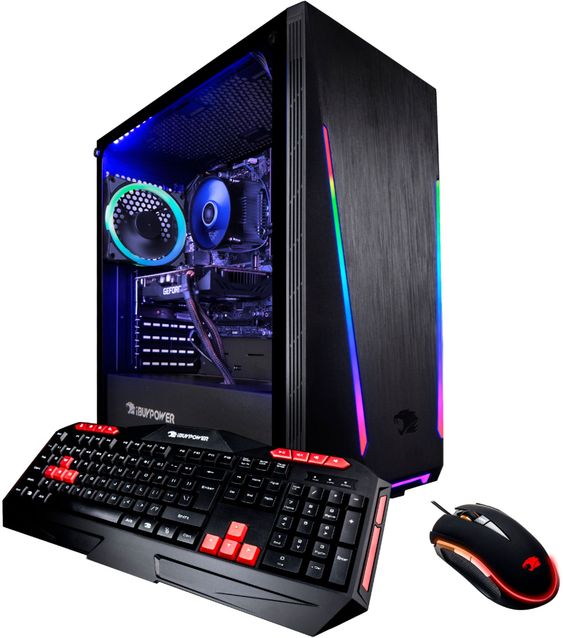Briefly explain the similarities and differences between human beings and computer systems. Both can move: Humans can move from one place to another so does computers (robots); they are able to make movements Both can process data into information: Computers have processors that can encode and decode data into something meaningful called information. Humans also have the brain that can process, reason (logic) and manipulate any form of data into something meaningful. Both have Memory and Storage media: Computers have a Random Access Memory, Cache, Registers, Buffers, hard disks that can keep data temporarily or permanently. Humans have a brain that can do the same. Both can retrieve and transmit data: Computers can pass information from one machine to another, humans can pass messages to one another Both have ability to learn: Computers have artificial intelligence (a system they are programmed onto to gimmick human intelligence such as learning and prediction). Humans are naturally...






